Satellite Phenomena In Metal Powder: A Deep Dive Into Additive Manufacturing Challenges
1 Introduction
Additive manufacturing is a manufacturing technology used in aerospace, in the automotive sector, for medical devices and in other areas requiring high-precision processing. In contrast to conventional processes such as thermal spraying, the metal powders used in additive manufacturing must conform to requirements including a small particle size, high sphericity, good flowability, low oxygen content and additional specified characteristics.
Therefore, the production and development of specialised high-performance metal powders, suitable for additive manufacturing, remains a crucial factor for process development.
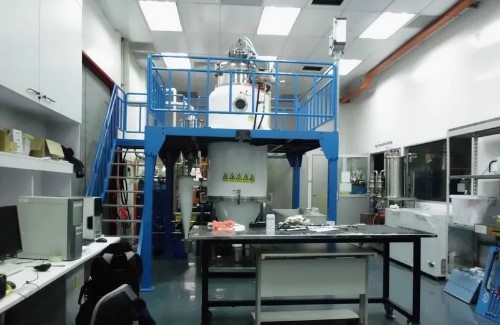
Fig. 1 Equipment for Aerosolised Powder Production
2 Impact of Satellite Powder
2.1 Understanding Satellite Powder
Satellite powder is a defective powder that arises when numerous fine powder particles adhere to the surface of a larger particle. These fine particles form one or more concentric rings around the base particle. This phenomenon occurs during powder metallurgy and associated processing, where a variety of metal and alloy powders are employed. In general, satellite powder can occur with all metal powders used in powder metallurgy, although certain metals or alloys may be more prone to this effect under given processing conditions. Listed below are examples of metals that demonstrate a higher incidence of satellite powder:
1.Iron and Iron-Based Alloys: Micro Iron Powder, Ferro-Tungsten Powder, Ferro-Niobium Powder
2.Cobalt and Its Alloys: Micro-Cobalt Powder, Tungsten Carbide/Cobalt/Chromium Powder, Cobalt-Based Alloy Powder (Co-Cr-Mo)
Additionally, nickel, titanium and aluminium powders, along with their respective alloys, are more regularly employed in the metallurgical industry and may be affected by satellite powder.
2.2 Risks for Metal Powder Production
The presence of satellite powder reduces the loose packing density, sphericity and flowability of metal powders. This reduction adversely affects the powder layering process in additive manufacturing techniques that utilise powder deposition methods.
Furthermore, larger powder particles tend to coalesce due to adsorption forces and surface tension, resulting in the satellite powder adhering firmly to the base particles. Consequently, the defective powder is difficult to remove via post-treatment, and its formation must be controlled at the source.
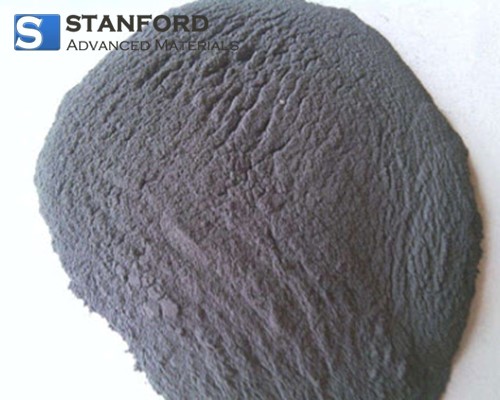
Fig. 3 Micro Iron Powder
3 Causes of Satellite Powder
3.1 Causes of Powder Agglomeration
The formation of satellite powder during metal powder processing is directly associated with the inherent properties of the powder particles. Contributing factors include mutual particle attraction, inhomogeneity in particle shape and size, and variations in particle distribution and density.
1.Mutual Attraction of Powder Particles: Within the powder bed, an attractive force exists among the metal powder particles, resulting in their agglomeration into satellite forms.
2.Uneven Shape and Size of Powder Particles: Inconsistent form and size may result in larger particles attracting smaller adjacent particles, thereby forming satellite powder.
3.Differences in Distribution and Density of the Powder: An uneven powder bed density can lead to localised accumulations, which in turn promote the formation of satellite powder.
These factors primarily stem from the intrinsic attractive forces among the powder particles, resulting in their agglomeration.
3.2 Equipment-Related Factors
The occurrence of satellite powder is closely linked to the equipment used for producing spherical metal powders. The accompanying image shows a model of an atomisation chamber with boundary conditions that illustrate the key environmental parameters for the production process.
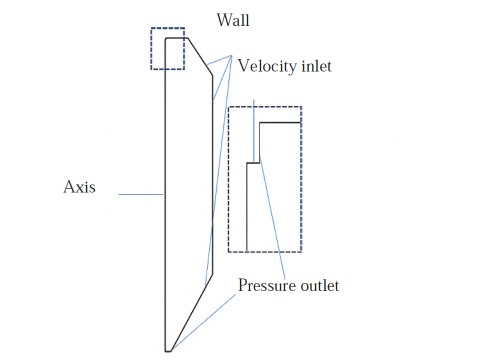
Fig. 4 Model of the Atomisation Chamber and Boundary Conditions
Studies have shown that the closed structure of the atomisation chamber near its side walls produces macroscopic vortices, termed Gas Recirculation (GR), which can entrain completely solidified fine particles. The collision between the small particles in the recirculation zone and the incompletely solidified large droplets in the upstream atomising gas stream is one of the principal causes of satellite powder formation. Consequently, measures to limit particle recirculation, such as applying an additional air stream and making structural improvements to the atomisation chamber, are effective in reducing satellite powder formation at the process scale.
4 Strategies to Reduce the Formation of Satellite Powder
-Optimisation of the Gas Inlet Angle for Dispersion
Satellite powder defects occur mainly during the secondary atomisation phase. In this phase, fine droplets, owing to their high specific surface area and elevated cooling rate, solidify rapidly. They subsequently collide with larger droplets that are not yet fully solidified, leading to the adherence of fine powder onto the larger particle surfaces. By altering the gas inlet angle, the droplets can be fully dispersed, thereby reducing satellite powder formation.
-Adjustment of the Solidification Time and Particle Concentration
Another approach is to modify the solidification time and particle concentration by controlling the atomisation rate and the pressure within the atomisation chamber while maintaining other parameters constant. Reducing the atomisation rate decreases the solidification time, which lowers powder adhesion; likewise, reducing the chamber pressure gradually diminishes the concentration of fine powder, thereby decreasing the likelihood of particle collision and improving sphericity.
-Inhibition of Reflux Gas to Prevent Powder Recirculation
Observations during the aerosolisation process have indicated that a portion of the fine powder is carried upward with the reflux gas, re-entering the atomisation area and colliding with droplets that have not yet fully solidified, thus forming satellite powder. Inhibiting the reflux gas prevents the recirculation of fine powder and reduces the formation of satellite powder.
-Use of an Auxiliary Air Stream to Suppress Reflux
Furthermore, the introduction of an auxiliary air stream to suppress backflow has been shown to reduce satellite powder formation. When an auxiliary air stream with an auxiliary mist ratio of >0.8 is implemented at a distance of ½R from the centre of the chamber, the formation of dust cyclones can be effectively suppressed. In addition, a stepped design for the atomisation chamber can further inhibit dust cyclone formation when the step size D equals 300 mm, ΔH ranges between 575 mm and 600 mm and the step angle remains moderate (see the table below).[14]
Table 1 Morphological Characteristics of the Powder Samples
|
Probe |
Sphericity |
Redundancy-Index |
|
TC4-1 |
0.9278 ± 0.0311 |
0.489 ± 0.062 |
|
TC4-2 |
0.9427 ± 0.0165 |
0.270 ± 0.027 |
5 Conclusion
The formation of satellite powder in additive manufacturing (AM) is a matter of critical importance, as it affects the quality of metal powders. The existence of satellite powder reduces the loose packing density, sphericity and mobility of metal powders and negatively influences the powder deposition process.
In the aerosolisation process, the collision between fine particles that are drawn upward by reflux gas and larger droplets that have not completely solidified constitutes one of the principal causes of satellite powder formation. Equipment-related factors, including the design and operational conditions of the atomisation chamber, also contribute to this issue.
An effective method to mitigate this problem is to restrict the reflux gas by, for example, introducing an auxiliary gas flow. Strategies to reduce satellite powder formation include optimising the gas inlet angle, adjusting the solidification time and particle concentration, and employing an auxiliary air stream. These measures reduce undesired agglomeration and enhance the efficiency and reliability of the manufacturing process in sectors such as aerospace, automotive and medical devices.
Stanford Advanced Materials offers a range of spherical powder products for purchase. Our focus lies on research and development, production and distribution of high-quality spherical powders. Stanford Advanced Materials (SAM) also provides customised services to address specific customer requirements. Please send us an enquiry if you are interested.
References:
[1] Fuzhong Chu, Kai Zhang, Haopeng Shen, Meijuan Liu, Wenjing Huang, Xi Zhang, Enquan Liang, Zongyan Zhou, Liming Lei, Juan Hou, Aijun Huang, Influence of satellite and agglomeration of powder on the processability of AlSi10Mg powder in Laser Powder Bed Fusion, Journal of Materials Research and Technology, vol. 11, 2021, pp. 2059–2073, https://www.sciencedirect.com/science/article/pii/S223878542100140X
Associated Link:
https://www.sciencedirect.com/science/article/pii/S223878542100140X

 Bars
Bars
 Beads & Spheres
Beads & Spheres
 Bolts & Nuts
Bolts & Nuts
 Crucibles
Crucibles
 Discs
Discs
 Fibers & Fabrics
Fibers & Fabrics
 Films
Films
 Flake
Flake
 Foams
Foams
 Foil
Foil
 Granules
Granules
 Honeycombs
Honeycombs
 Ink
Ink
 Laminate
Laminate
 Lumps
Lumps
 Meshes
Meshes
 Metallised Film
Metallised Film
 Plate
Plate
 Powders
Powders
 Rod
Rod
 Sheets
Sheets
 Single Crystals
Single Crystals
 Sputtering Target
Sputtering Target
 Tubes
Tubes
 Washer
Washer
 Wires
Wires
 Converters & Calculators
Converters & Calculators
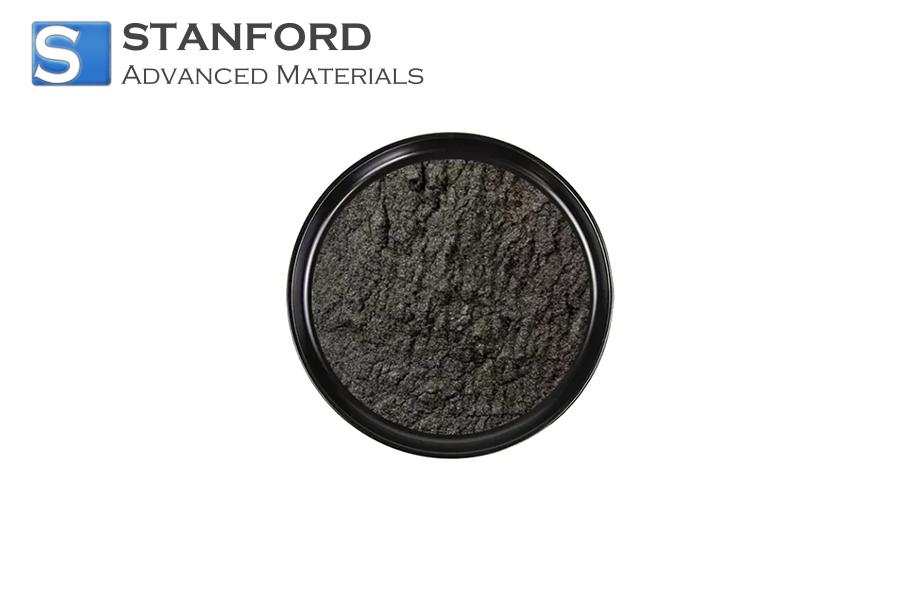
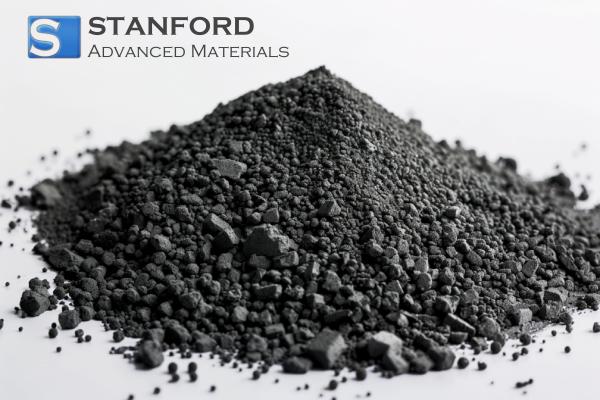
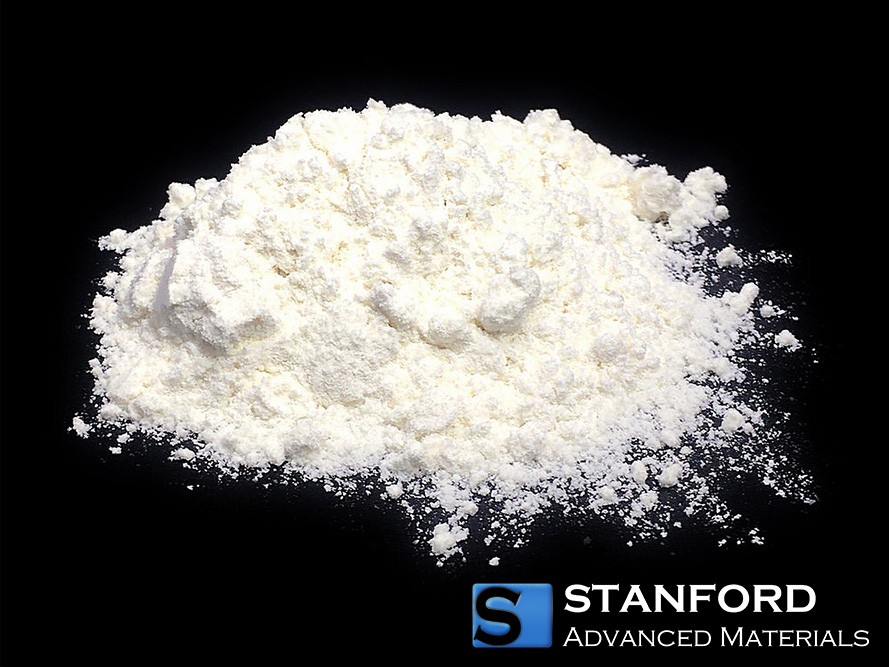
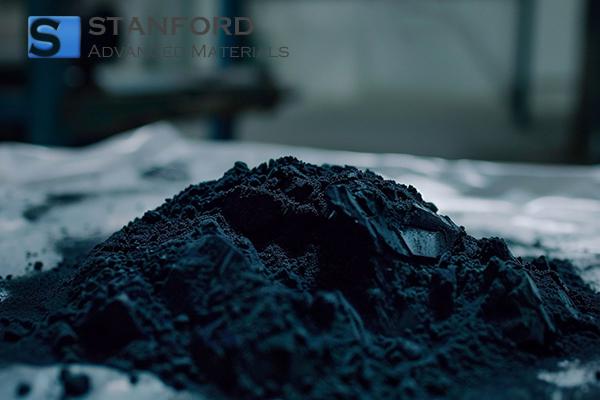
 Chin Trento
Chin Trento



